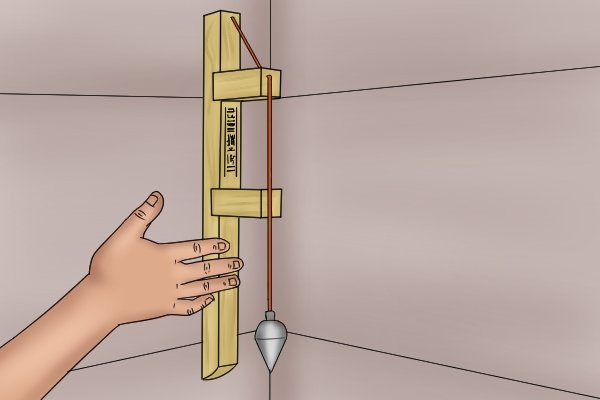


The attachment of elevations to such horizontal coordinates somewhat acknowledges the topographic irregularity of the earth, but the whole system is always undone by its inherent inaccuracy as the area grow large. Even though we have always known that this assumption of a flat earth is fundamentally unrealistic, it provided, and continues to provide, an adequate arrangement for small areas. This rectangular system is used to describe measured positions by ordered pairs, usually expressed in northings and eastings, or y- and x - coordinates. Plane surveying has traditionally relied on an imaginary flat reference surface, or reference frame (datum), with Cartesian axes. Each projection serves a particular application well, but none of them can represent the Earth without distortion.Īs the technology of measurement has improved, the pressure for greater exactness in the definition of the Earth's shape has increased. There have been a whole variety of map projections developed over the centuries that rely on mathematical relationships between positions on the Earth's surface and points on the map. The dilemma is illustrated by the ancient struggle to represent its curved surface on flat maps. Despite the certainty of the physical surface of the Earth, it remains notoriously difficult to define in mathematical terms.


 0 kommentar(er)
0 kommentar(er)
